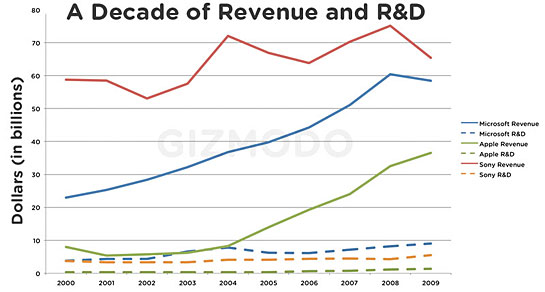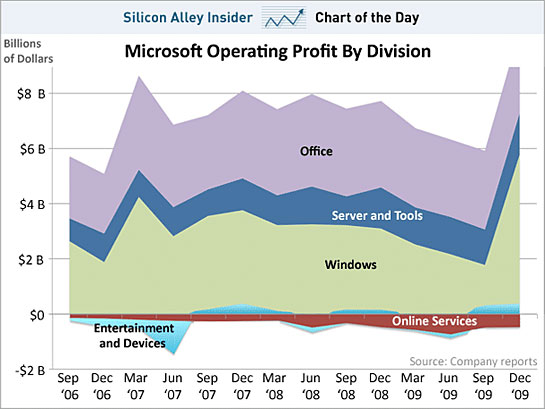the future – don’t be scared
Most of the time I forget that I’m 32 years old and not a kid anymore when I’m living my life spending time with my wife, working and going out with friends. If feels like it I was just learning HTML at Webmonkey.com with Dreamweaver 3 and reading the thick manual for Flash 4 (back when they made print manuals for software).
When I’m teaching my web design course at FIT on Thursdays, that feeling goes right away. I’m the old dude, they’re the kids and it doesn’t bother me in the least.
I’m actually fascinated by their opinions and view of the world. We adults all tend to make assumptions and generalizations about kids – what they care and don’t care about. What they know and what they’re ignorant about. Nothing clarifies those assumptions like firsthand discussions in class with them.
Sometimes I’m surprised by the answers I get.
For instance, their thoughts on the future of (print) media and the iPad. I heard a few students talking about it so I jumped in and asked them what they thought about it. I instigate these discussions because their concentration is on traditional print design and advertising and if you haven’t noticed, there’s some serious shit happening in these industries.
I don’t feel it’s enough to merely teach the curriculum I’ve been given. These students need to be prepared for what lies ahead.
I found out some of them were scared about the future of print media, magazines and books. I expected them to be excited about this new device and the potential it has to redefine how we create and consume media. Some (not all) of their opinions were surprisingly old school and traditional. Some were afraid print was going to die, that there wouldn’t be any more magazines. Things were ending and they didn’t know what to expect.
I told them fear should be the last feeling in their heads. It’s an exciting time to be a designer and they’re going to be defining (if they rise to the challenge) how we experience media in this new format. I also explained that print wasn’t going to die, but we are going think much harder on what we want to have printed.
I’ve referenced it numerous times before and will continue to. The key to success in designing and creating media is being agile:
It is not the strongest of the species that survives, nor the most intelligent, but the most responsive to change
—Charles Darwin
My students are not obligated to design content for the iPad, but if I can teach them to be agile in their careers, then they’ll be great.




